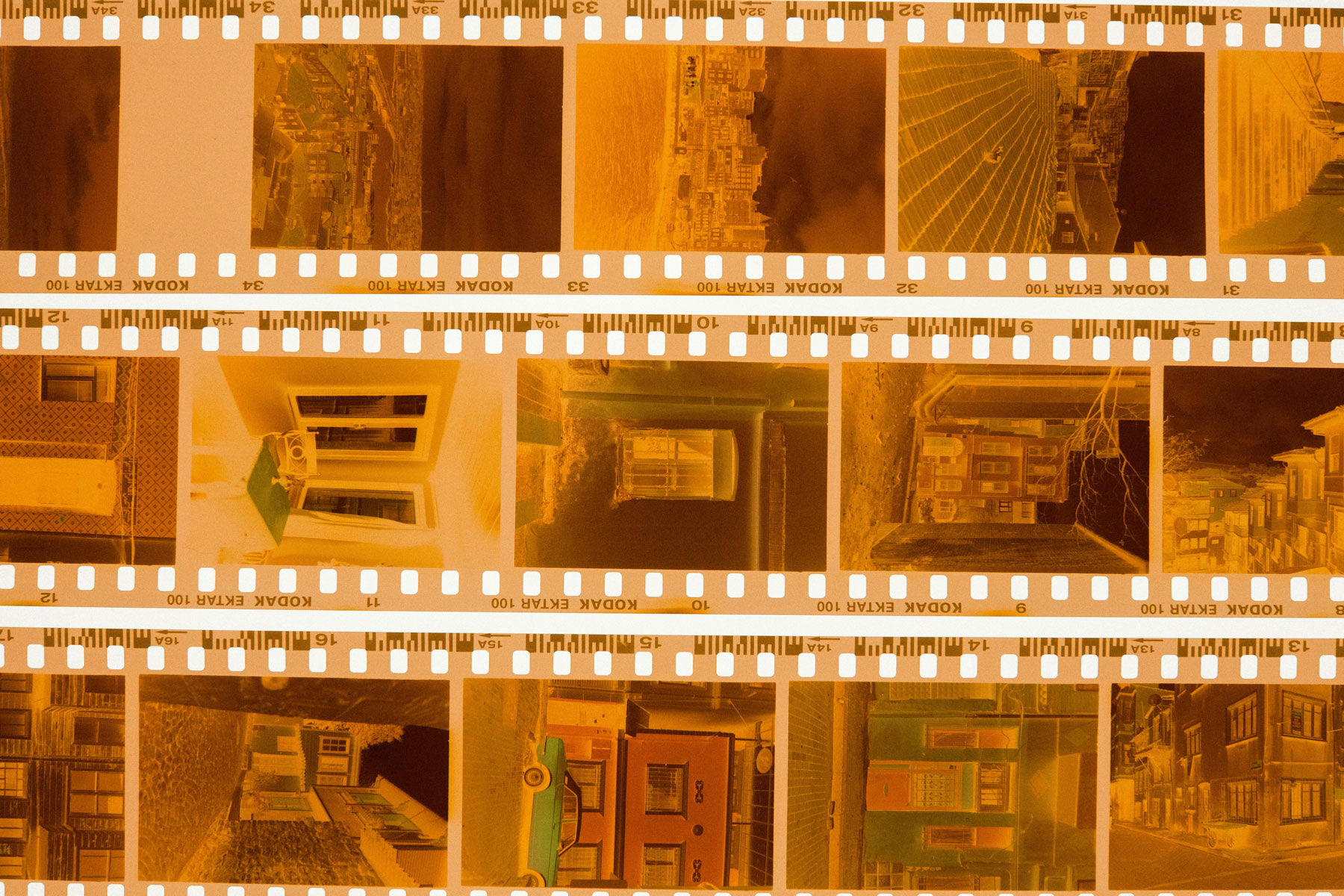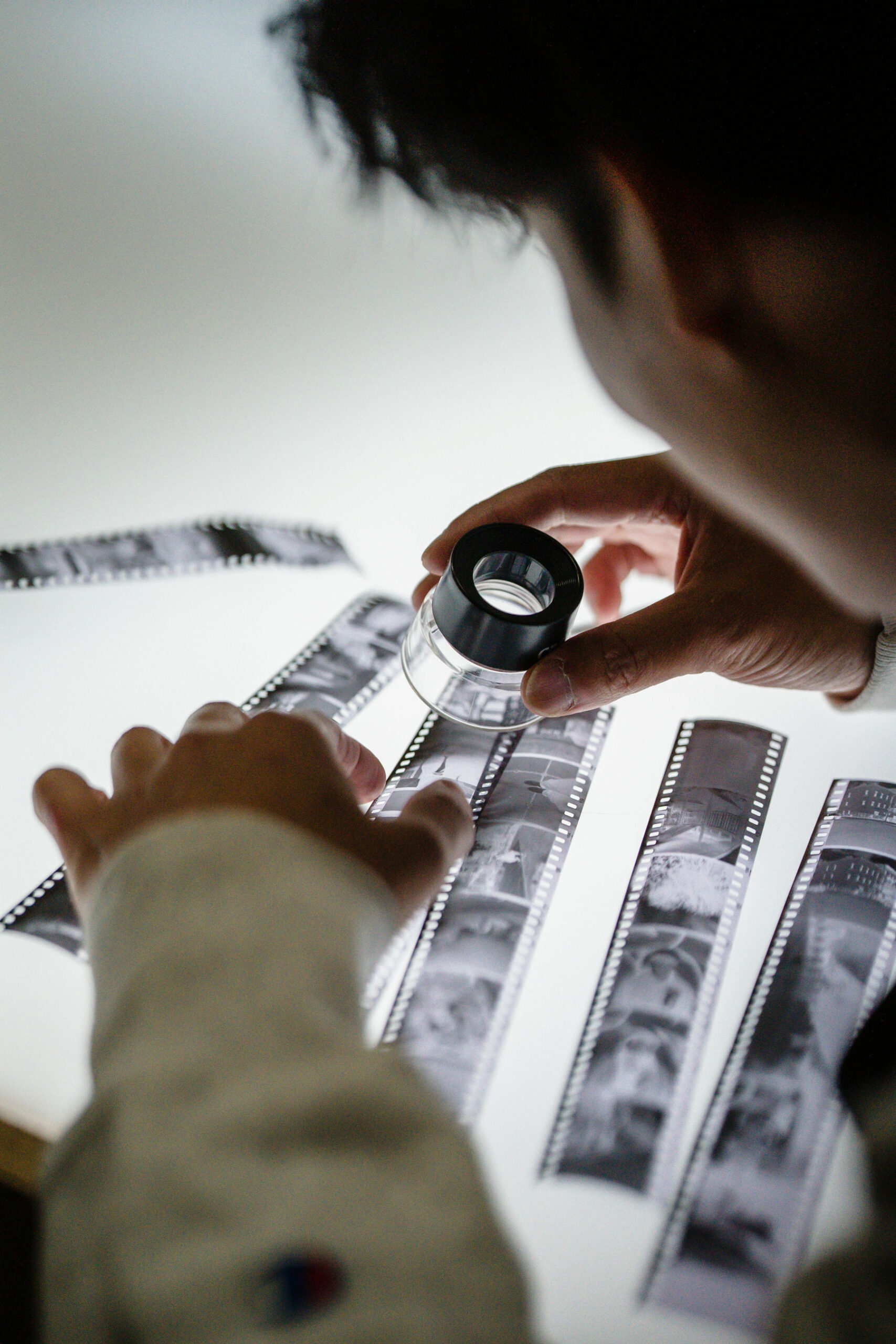We process black-and-white, color, and glass plate negatives using dedicated film scanners with adjustable resolution settings from 600 to 9600 DPI, allowing us to maximize clarity, dynamic range, and tonal accuracy.
For standard film negatives (35mm, medium format, and large format), we use high-resolution film scanners with advanced light sources to extract fine details while minimizing dust and scratches
Glass plate negatives, which are especially delicate due to their age and fragility, are handled using non-contact scanning methods and diffused lighting to prevent reflections, cracks, or pressure damage. We apply multi-exposure scanning techniques to capture the full tonal depth, ensuring that faded details and subtle contrasts are preserved.
Every scanned negative is processed with color correction and exposure balancing, restoring it as closely as possible to its original state. The resulting high-fidelity digital files are suitable for restoration, archival storage, or high-resolution printing, giving new life to even the oldest negatives in your collection.
1200 DPI (35mm, 126mm, 127mm) . . . . . . . . . . $0.85
2400 DPI (35mm, 126mm, 127mm, 110mm) . . . $1.50
4800 DPI (35mm, 126mm, 127mm, 110mm) . . . $3.00
600 DPI (Medium Format) . . . . . . . . . . . . . . . . . $3.00
1200 DPI (Medium Format) . . . . . . . . . . . . . . . . $5.00
2400 DPI (Medium Format) . . . . . . . . . . . . . . . . $10.00
4800 DPI (Medium Format) . . . . . . . . . . . . . . . . $20.00
600 DPI (Large Format) . . . . . . . . . . . . . . . . . . . $10.00
1200 DPI (Large Format) . . . . . . . . . . . . . . . . . . $20.00
2400 DPI (Large Format) . . . . . . . . . . . . . . . . . . $30.00
4800 DPI (Large Format) . . . . . . . . . . . . . . . . . . $50.00
Negative Cutting . . . . . . . . . . . . . . . . . . . . . . . . . $5.00/Roll


